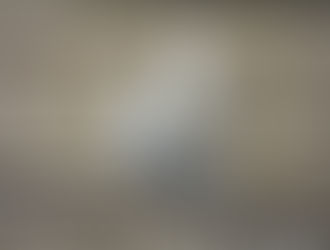Of Mold and and Hummingbird Feeders
- Chao Wu
- Jun 11, 2017
- 2 min read

Of Mold and and Hummingbird Feeders
A great question some ask is: We are asked to keep hummingbird feeders clean and free from mold. But, I see mold growing on plants and flowers hummingbirds feed from. What goes?
This is actually a great question to answer from a logical and scientific perspective, so let’s get started!
To keep things simple, the term "mold" is pretty lackluster since it covers many different species of fungi. Different species have different effects on different organisms. Some fungal species form mutualistic relationships with plants (e.g. mycorrhiza). The fungi and the plant in this situation help each other via exchange of carbon and phosphorus. Other types of “mold” commonly found on plants include powdery mildew (Erysiphales sp.). These grow on plants in moist environments or during periods of humidity. Many of these "molds" have little to no effect on plants.
By contrast, many other types of molds are actually beneficial and help breakdown injured or dying plants to return nutrients to the soil. From a third perspective, molds of certain species also produce antibiotics, which help kill nearby bacterial sources which can harm the mold itself (these antibiotics can also be harvested by people for biomedical reasons).
Other molds, however, produce high amounts spores which can cause respiratory problems in some individuals. Additionally, if we generalize to fungi all together, some species obviously have high toxicity which can be lethal if consumed.
Bottom line, there are many species of molds/fungi out there, each with a different function in the ecosystem. The molds that are growing on flowers might or might not be harmful to hummingbirds. Similarly, the molds that grow on feeders might or might not be harmful to hummingbirds. But while we as people won't be able to police every flower with the potential of mold growth, we can police our feeders to ensure they're clean. After all, while the species of mold growing on a feeder might not be "bad" for hummingbirds, we can't be sure (species ID is often extremely difficult and may sometimes require genomic sequencing).
Because we are not sure, the most viable option is to ensure that feeders are free of mold completely...because there wouldn't BE the worry of a problematic fungal strain/species when there isn't one in the first place. This is part of the reason why we, and many reliable groups/organizations for birds, support feeders that are simple, small, and easy to disassemble. The smaller size and ability to "take it completely apart" allows the feeder to be easier to clean. In doing so, you decrease the ability for mold and other residue to buildup within the feeder...thus decreasing the probability that a dangerous strain builds up.
Conclusion:
Not all molds are "bad," not all molds are "good."
We can't really tell which are "good" and which are "bad" most of the time.
We can't police all of our flowers.
We CAN police our feeders.
We negate the chances of a dangerous species growing in our feeders by keeping them clean and mold-free.
This is aided by small, easy to disassemble feeders.
Hummingbirds aren't exposed to molds at our feeders.
Decrease chances of hummingbirds becoming ill from molds (and honestly bacteria and other microorganisms) at our feeders.
Happy hummingbirds!
































Comments